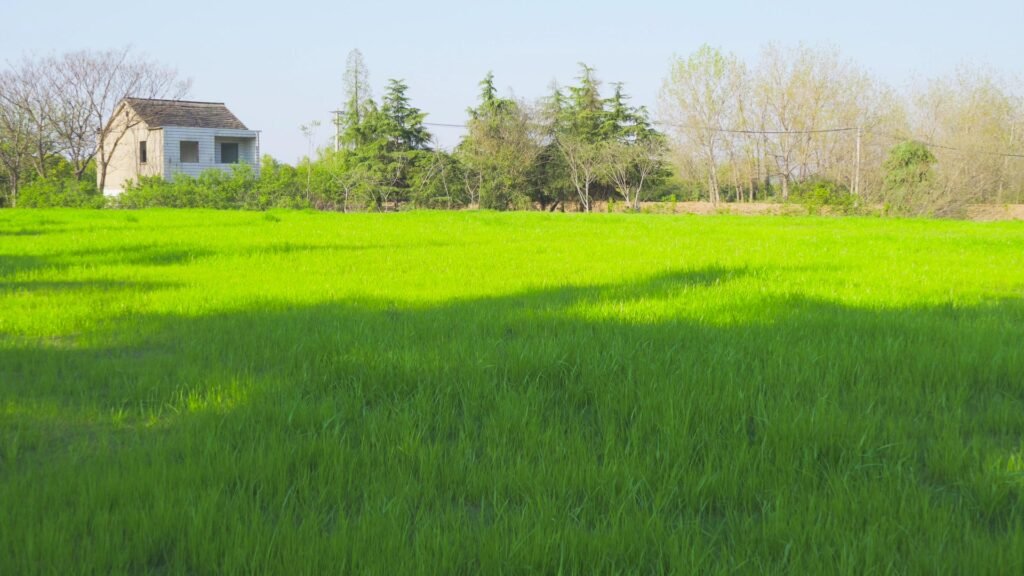The Pledge vs. The Practice: A Global Green Recovery Post-COVID
Oxford/Nairobi, March 10, 2021 – In the year since the pandemic outbreak, the green recovery spending across nations has fallen significantly short of their pledges for a more sustainable rebuild. An analysis spearheaded by the Oxford University Economic Recovery Project and the United Nations Environment Programme (UNEP) reveals that a mere 18% of the economic recovery expenditures by the world’s major economies have been allocated to green projects.
The Report: “Will We Rebuild Better? Evidence from 2020 and the Path to Inclusive Green Spending”
The report calls upon governments to not only actively stimulate economic growth in the wake of the pandemic’s catastrophic consequences but also to make investments that are more sustainable and strive to reduce inequality.
An extensive analysis of COVID-19 related relief and recovery efforts across 50 major economies has been conducted, uncovering that out of the staggering $14.6 trillion disclosed in related expenditures, only $368 billion aligns with “green” criteria.
UNEP’s Call to Action
Inger Andersen, Executive Director of UNEP, stresses the urgency: “Humanity is at a crossroads facing a pandemic, economic, and ecological crisis – we cannot afford to lose any front. Governments now have a golden opportunity to align national priorities with economic, poverty reduction, and planetary health issues. This report provides tools and guidance for nations to achieve a more sustainable and inclusive recovery.”
Insights from Oxford’s Economic Recovery Project
Brian O’Callaghan, lead researcher of the Oxford University Economic Recovery Project and author of the report, notes: “While several major economies are making strides towards a sustainable post-pandemic recovery, the world is still far from the ideal vision of ‘building back better.’ However, governments still have the opportunity to ‘spend wisely’ to ensure long-term healthy development of the economy, society, and environment.”

The Role of Global Recovery Observatory
Achim Steiner, Administrator of the United Nations Development Programme, emphasizes the capability to better inform and monitor investments made for post-pandemic recovery to promote a green, inclusive recovery. “In this regard, the Global Recovery Observatory and UNDP’s data platform provide decision-makers with a series of data collection points and accompanying analyses. Expanding access to such resources will enhance the transparency, accountability, and effectiveness of current investments and their impact on our sustainable future.”
A Wake-up Call by Professor Cameron Hepburn
Cameron Hepburn, Professor of Environmental Economics at Oxford University, echoes the urgency: “The report sounds an alarm bell. Data from the Global Recovery Observatory indicate that our rebuilding efforts are far from perfect, and at least for now, leave much to be desired. We know that green recovery is a win-win for the economy and climate—now we need to continue on this trajectory.”
The Report’s Emphasis on Green Recovery
The report highlights that green recovery can lead to more robust economic growth while helping to achieve global environmental goals and address structural inequalities. To maintain progress made in eradicating poverty over decades, low-income countries will require substantial concessional funding from international partners.
Five Key Questions for a Sustainable Recovery Path
The report presents five critical questions surrounding the sustainable recovery path:
- What risks do we face as nations invest unprecedented resources in post-pandemic recovery?
- Which expenditures contribute to economic recovery and environmental sustainability?
- What role has recovery spending played in addressing the exacerbated inequalities brought on by COVID-19?
- What investments have nations made to address climate change, natural degradation, and pollution?
- What more needs to be done to ensure a sustainable and equitable recovery?
Main Findings on Recovery Spending:
- $341 billion (18.0% of the total expenditure) is allocated to green projects, primarily from a small group of high-income countries leading in green recovery. Global recovery spending to date has missed significant green investment opportunities.
- Investments in low-carbon energy amount to $66 billion, predominantly from Spain and Germany’s subsidies for renewable energy projects, hydrogen, and infrastructure investments.
- $86 billion is dedicated to green transport, mainly for the transition and subsidies of electric vehicles, investments in public transport, and the development of cycling and walking infrastructure.
- Approximately $35 billion is invested in green building renovations to improve energy efficiency, mainly from France and the UK’s refurbishment projects.
- Investments in natural capital or Nature-based Solutions (NbS) amount to about $56 billion, including ecosystem regeneration and afforestation projects, with 2/5 dedicated to creating parks and addressing pollution issues. Countries like China and the USA are investing more in this area to improve the quality of life and address environmental challenges.
- Around $28 billion is allocated to green technology R&D, including renewable energy technologies; technologies to decarbonize industries like aviation, plastics, and agriculture; and carbon capture technologies. Without breakthroughs in green R&D, a radical transformation in pricing models and lifestyles will be necessary to achieve the goals of the Paris Agreement.

Editor’s Note
The Global Recovery Observatory is an initiative led by the Oxford University Economic Recovery Project (OUERP) in coordination with the Green Fiscal Policy Network (GFPN), supported by UNEP, the International Monetary Fund, and the German Corporation for International Cooperation (GIZ).
As of February 2021, the Global Recovery Observatory project encompasses over 3500 policies across the world’s 50 largest economies, updated weekly. The database is hosted by the Smith School of Enterprise and the Environment (SSEE) at Oxford University, the GFPN, and on the data platform of the United Nations Development Programme. The data visualization of this analysis is available on the UNDP’s data platform.
Documents related to the methodology used in the analysis, including prototypes, sub-prototypes, and the complete list of assessments, can be found in O’Callaghan et al., 2020.
The latest “World Economic Outlook” (January 2021) estimates that the global GDP decreased by 3.5% in 2020 (IMF, 2021).
All amounts mentioned are in US dollars, with exchange rates referring to January 2021.
About Oxford University
Oxford University, ranked first for the fifth consecutive year in the Times Higher Education World University Rankings, attributes its success to pioneering research and innovation. Known for its outstanding research contributions and home to some of the most talented individuals from around the globe, Oxford University has improved the lives of millions through its extensive partnerships and networks, addressing real-world challenges. The breadth and interdisciplinary nature of our research spark imaginative and creative insights and solutions.
About the United Nations Environment Programme
The United Nations Environment Programme is the leading global environmental authority. It sets the global environmental agenda, promotes the coherent implementation of the environmental dimension of sustainable development within the United Nations system, and serves as an authoritative advocate for the global environment.










































